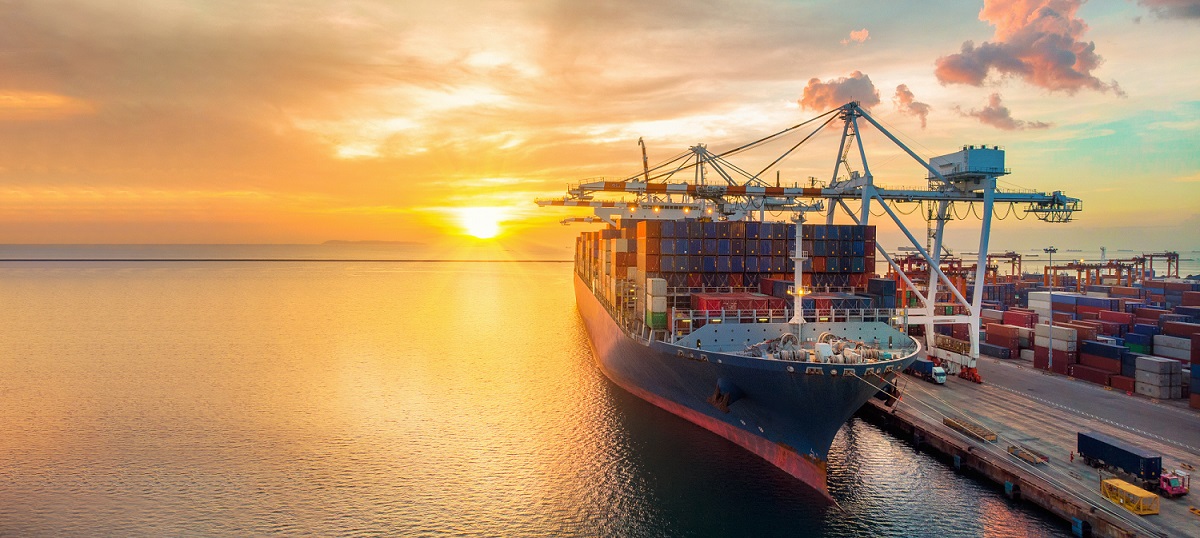Container freight rates have fallen -32% this year. A spectacular fall? This is good, but the rates are still well above the pre-pandemic average. 2021 brought record profits and the expected results for 2022 and 2023 look more than good. However, the sector still remains under pressure. Our research department has analysed the most important challenges.
Before the coronavirus crisis, a forty-foot box cost $1,450 average freight rate. In September 2021, this rate was $10,377. Although freight rates have shown a steady decline since then, they are still well above pre-crisis levels. Today, it costs $6,400 average and we expect it will cost $4,550 average in 2023.



